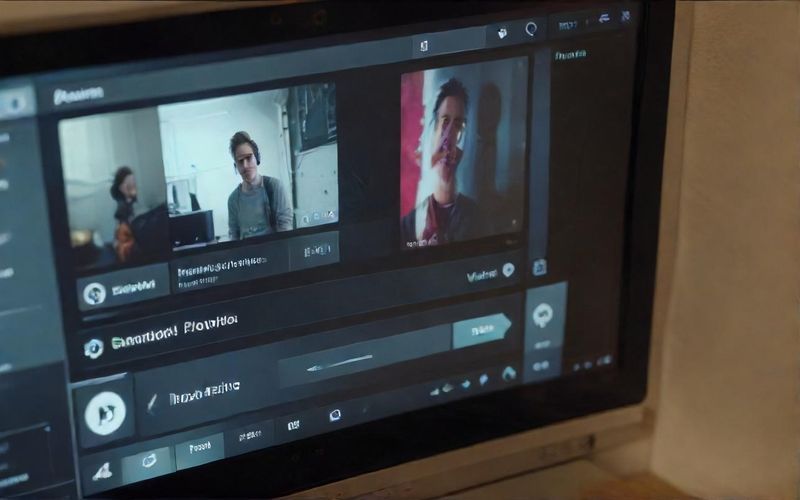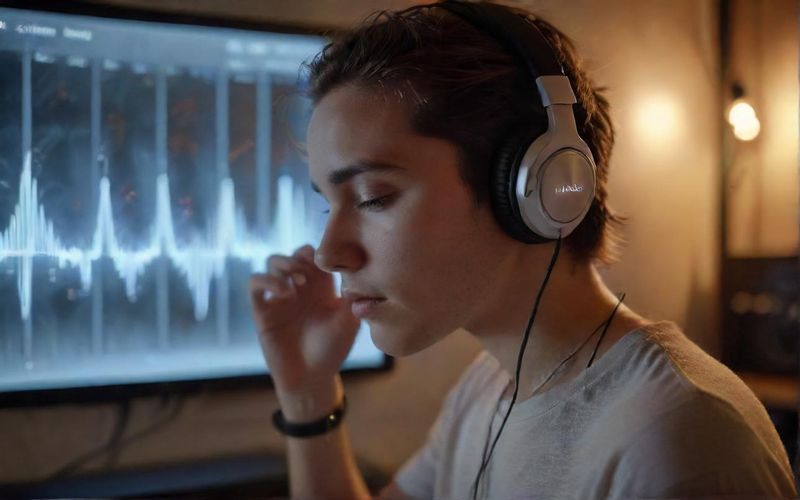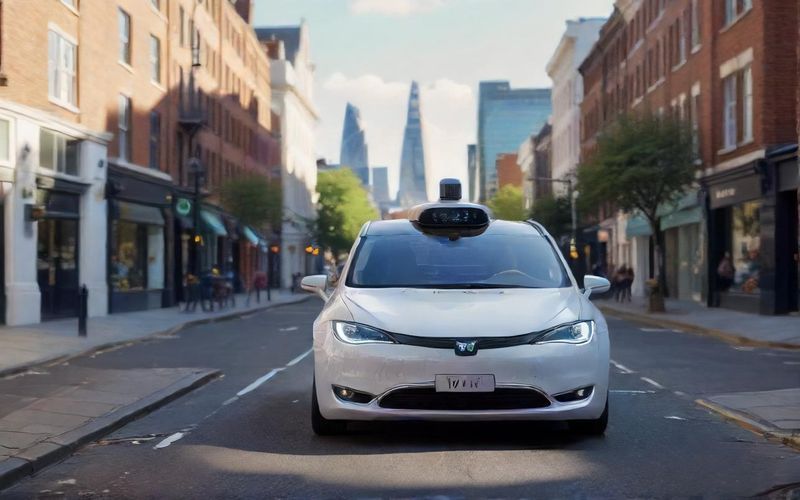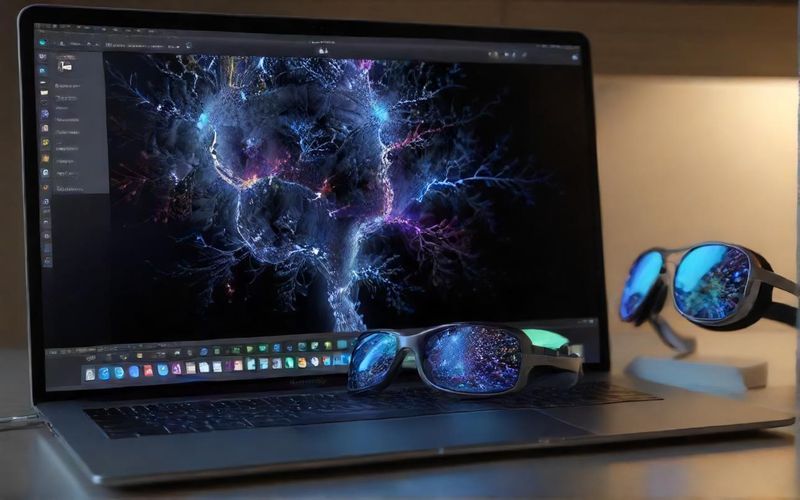iOS 26.0.1: Hidden Gems Enhance Your iPhone
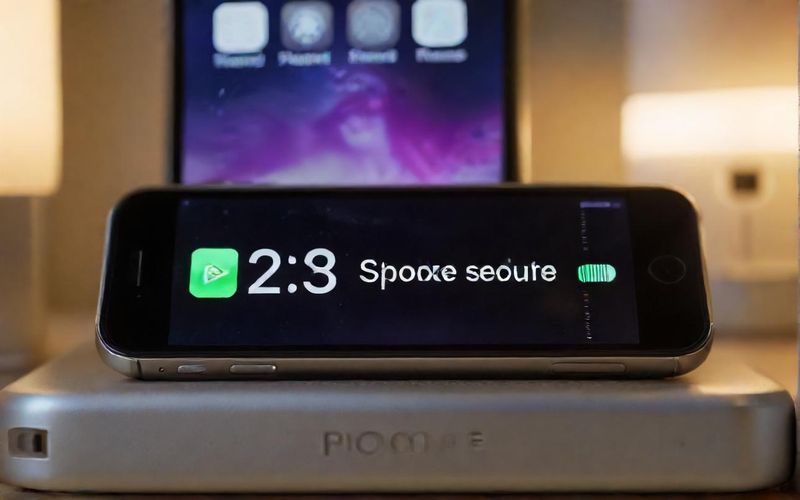
Take the simple act of snoozing an alarm. For years, we've been stuck with that arbitrary nine-minute interval, a relic from analog clocks. Now, as reported by CNET, you can finally customize that snooze duration to your preference, between 1 and 15 minutes. It’s a small change, sure, but it’s one of those things that just makes sense, fitting better into our digital lives. And the ability to create custom ringtones directly from an MP3 or M4A file in the Files app? Gone are the days of needing extra software. It feels like Apple is finally catching up with how many of us actually want to use our devices.
Beyond convenience, there are touches that feel almost like personal assistants. Imagine trying to remember a restaurant you loved on vacation. Instead of sifting through endless photos, Apple Maps now keeps a private record of your visited places, complete with dates. Or consider the new battery indicator on the lock screen, showing you exactly how long until your iPhone hits 80% or 100% charge. It’s a small detail, but it takes the guesswork out of those quick charging moments before heading out the door.
Of course, with any major update, there can be a few bumps along the road. As Mashable pointed out, the recent iOS 26.0.1 update was released to address some of those initial concerns, like Wi-Fi and Bluetooth issues on certain models and those peculiar artifacts in photos that popped up under bright lights. And, as is often the case with security updates, as detailed by another report, iOS 26.0.1 also patched a critical security flaw in FontParser, urging users to update promptly. It’s a good reminder that even the most polished technology needs ongoing refinement, and Apple’s commitment to fixing these bugs in the iOS 26.0.1 release shows they're listening.
It’s these kinds of thoughtful, often hidden features that truly elevate the user experience. They’re the quiet evolutions that make our iPhones feel less like tools and more like genuine extensions of ourselves. With all these improvements, both big and small, are we finally reaching a point where our smartphones anticipate our needs before we even articulate them?

